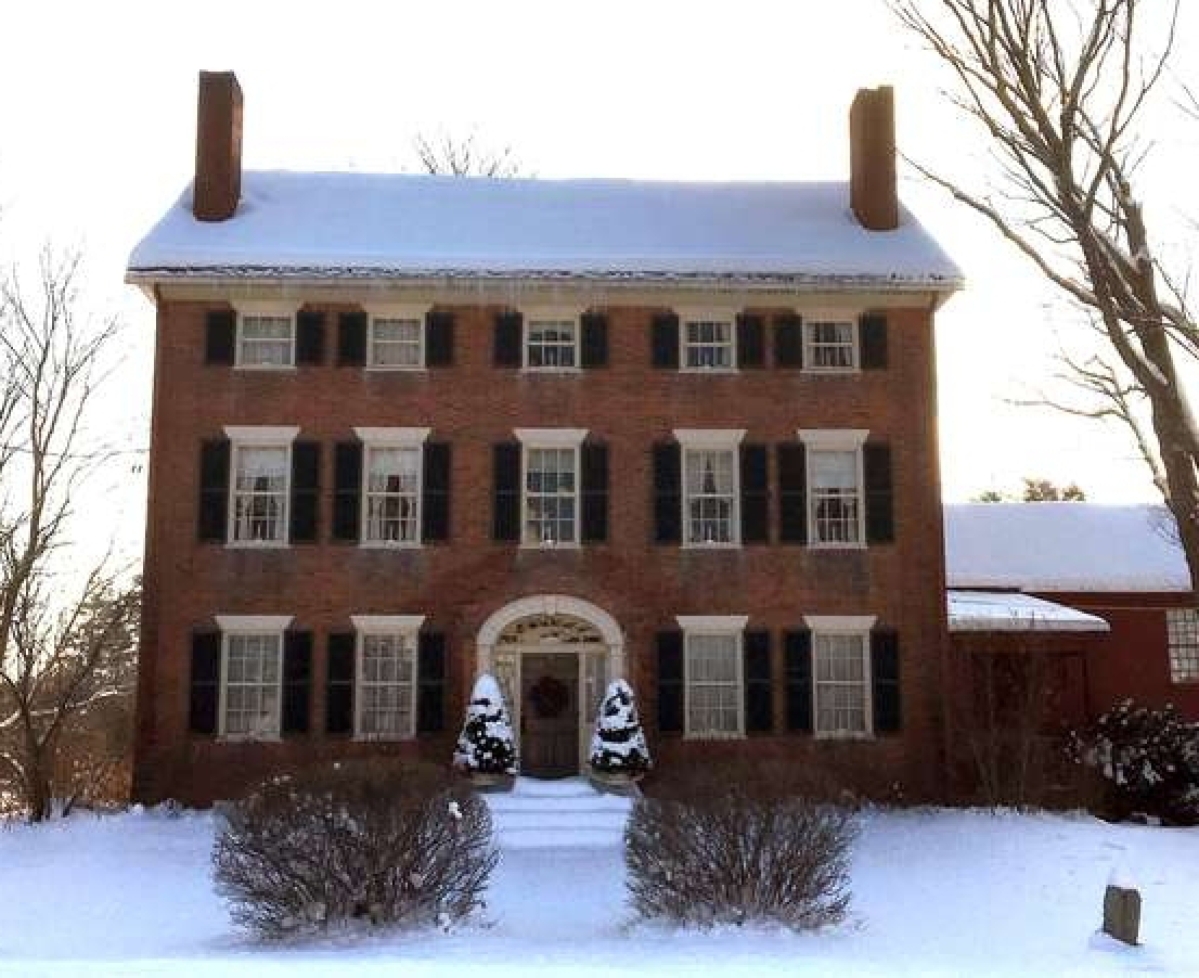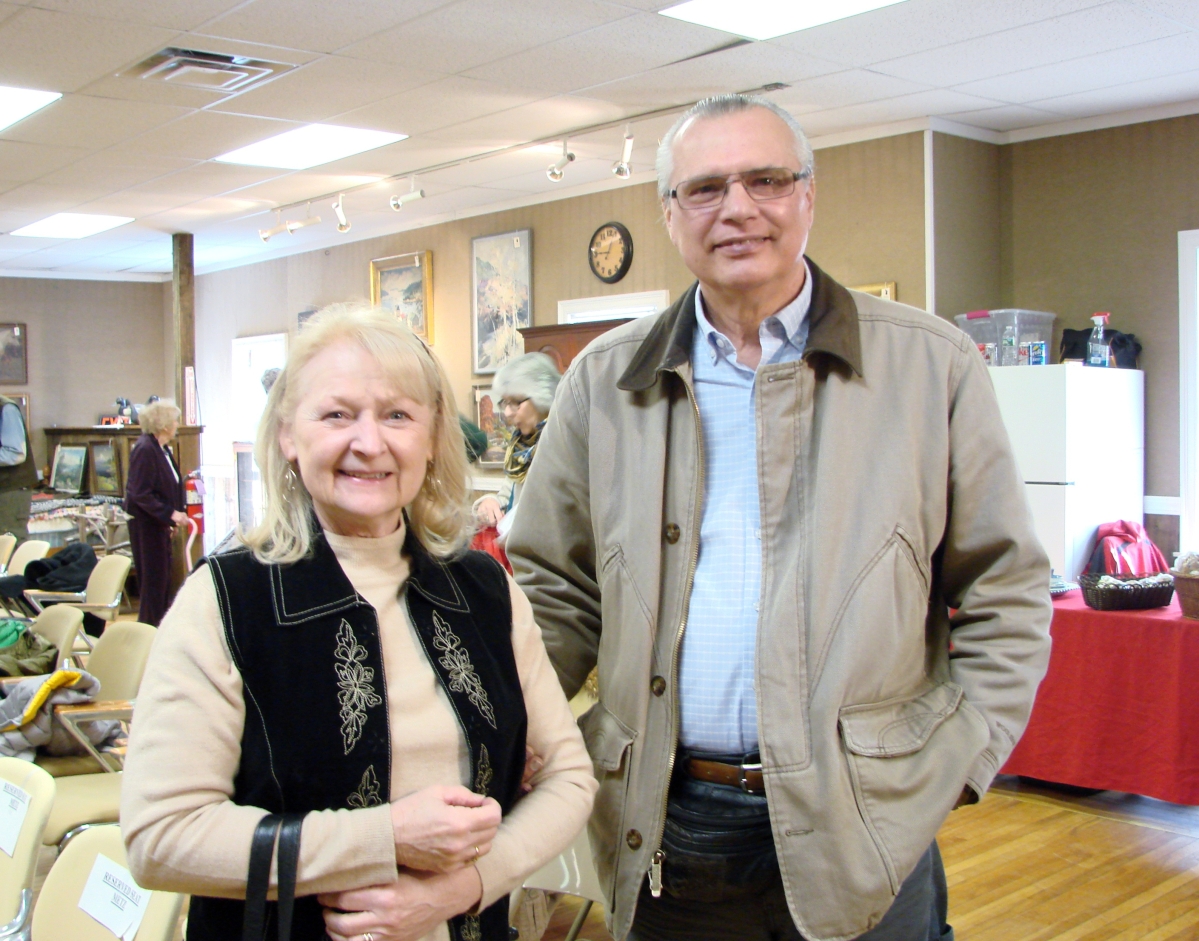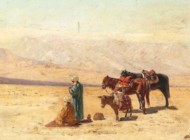Review and Onsite Photos by Rick Russack, Catalog Photos Courtesy of William A. Smith, Inc.
PLAINFIELD, N.H. – W.A. “Bill” Smith called his February 19 sale a midwinter auction. Whatever you called it, it was standing room only in his large gallery. Some attributed the crowd to those escaping cabin fever, and the sunny morning was a good day to get out. Judging by the license plates in the parking lot, there were buyers from New York, New Jersey, Massachusetts, Rhode Island, Maine, Vermont, New Hampshire and Connecticut. There was one license plate from California but there is probably another explanation for that one. Smith does not use internet bidding and he promotes that to his crowd. Several phone lines were in use, and there were numerous absentee bids. He does not post prices realized on his website and he tells the crowd that in doing so he is preserving their privacy. Much of the material in this sale came from the Haverhill, N.H., three-story brick home of John Page, longtime director of the New Hampshire Historical Society. Smith had conducted an earlier sale of the Page collection, but this was the last.
Smith draws a substantial retail crowd, and when presenting a good piece of American furniture, he “sells” it. His crew brings every item to the podium to be displayed as it is being sold, and he will often comment on the item. When he sells a piece of furniture, he takes his time. He has his crew carefully show all sides of the piece, including the backboards, and if they are original, Smith comments on it. He has them show the top and bottom of the piece and comments on the originality of glue blocks, etc. He also comments on construction details that help indicate where the piece was made, whether New Hampshire, Connecticut, New York, etc. He often tells the crowd what the piece probably would have brought a few years ago, often says it is a very good time to buy American furniture and reiterates his “opinion” that prices will get back to those levels. His presentation encourages bidding and is often reflected in final hammer prices. He does the same with Oriental rugs. Much of his material is offered without reserves.
For example, a New Hampshire maple Queen Anne highboy, with fan-carved drawer and original brass, sold for $5,980. Smith drew attention to the carving and the pronounced graining of the wood. An early Nineteenth Century Boston Federal mahogany inlaid four-drawer chest, with cookie corners and an old finish, brought $3,680, and he emphasized the inlaid panels. As Smith was selling a very attractive circa 1820 two-part tiger maple corner cupboard with a swan’s neck pediment and early panes of glass in its single door, he told the crowd that he had sold the piece ten years ago for $16,500. This time it brought $2,990.

The only car in the sale was a 1950s Willy’s Overland Jeepster. It had 2016 New Hampshire plates and looked to be in running condition. It ended up as the highest priced item in the sale, realizing $10,580.
Smith’s sale included a New Hampshire birch card table with intricate inlays, which matched the inlays on a documented Dunlap table featured in Benjamin Hewitt’s book on card tables. During the preview, a copy of Benjamin Hewitt’s Work of Many Hands book was open to the page showing the documented piece. Smith told the crowd that tables like this brought $20,000 “not that long ago”; he sold the table for $5,520. While selling an inlaid cherry Federal New Hampshire tall case clock with a “rocking ship” movement, he paused to explain to the crowd the rarity of that type of movement. The clock sold for $7,188. Also doing well, with appropriate commentary, was an early Eighteenth Century bannister-back armchair. It had a newer floral and pinwheel carved crest, an old “Spanish” brown finish, with leather armrests and seat. The chair had come from the Hooper mansion in Walpole, N.H., and it reached $4,600. The Hoopers were a wealthy family and funded the Hooper Institute in Walpole, which supports and funds activities in the schools of the town and summer camps.
Many of the Oriental rugs Smith sells come directly from homes in the Connecticut River valley and many go right back into other homes. Most are in good condition and most bring good prices. A room-sized Heriz, measuring 9 feet 6 inches by 13 feet, 3 inches, sold for $4,313, a Caucasian runner, 11 feet, two inches by 5 feet, 10 inches, went for $3,565 and a room-sized Serapi, 10 feet, 2 inches by 12 feet, 7 inches, reached $2,530.
Smith starts his sales with items likely to be of interest to the crowd. A few minutes after the sale started, he sold a pair of miniature portraits by Rufus Porter, in original frames, for $4,255. The sitters were identified as Thomas Shed and his wife, Martha. A few minutes later, an unusual pair of miniature portraits of twins, Anna and Maria Crane, earned $2,875. Although not in the best condition, a hooked rug, showing the town of Ipswich, Mass., went for $1,265. Surprising most people in the room, an eight-panel hanging sign from a fish market brought $2,415. It had been expected to sell between $100 and $500. A collection of fish decoys, from the estate of Kristina Barbara Johnson, who had been a trustee of the American Folk Art Museums, had been mounted on three custom-made iron stands by the American Primitive Gallery. Each stand held nine decoys. The three stands were sold separately, each bringing between $805 and $1,035. Perhaps a good buy in the folk art category was an intricately cut scherenschnitte, with polychrome paint, animals and figures, dated 1828, which sold for $863. It would probably have brought more at a Pennsylvania sale. Also likely a very good buy was an early trapunto worked dome-top box depicting tulips and vines that finished at $805.
Some of the dealers in the room made purchases but many commented that prices were high. Smith’s practice of not streaming his sale, offering internet bidding or posting results online may be different from his competitors but his results speak for themselves.
Prices reported include the buyer’s premium. For information, www.wsmithauction.com or 603-675-2549.


















